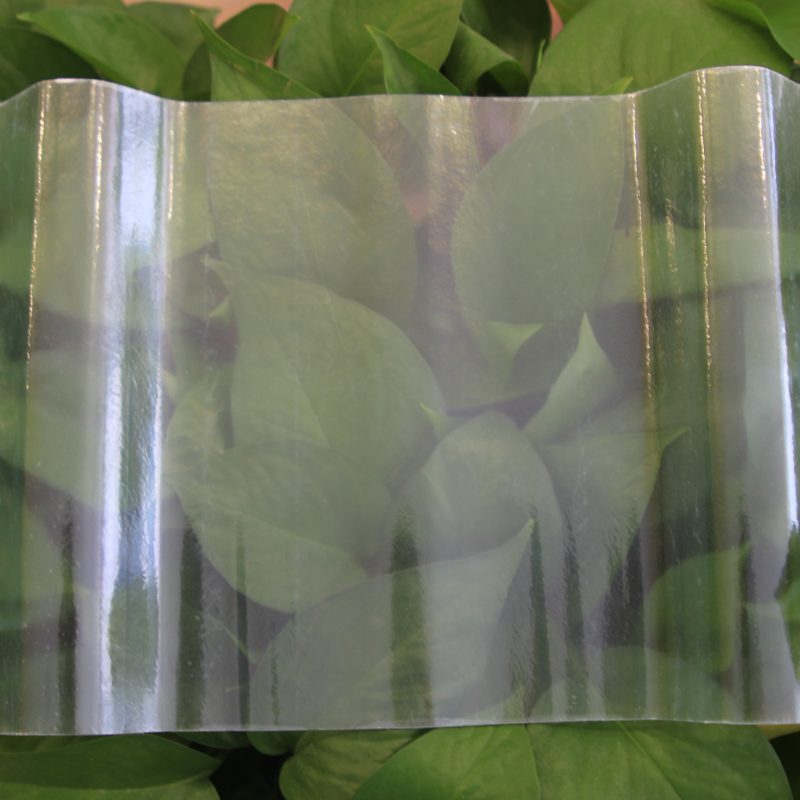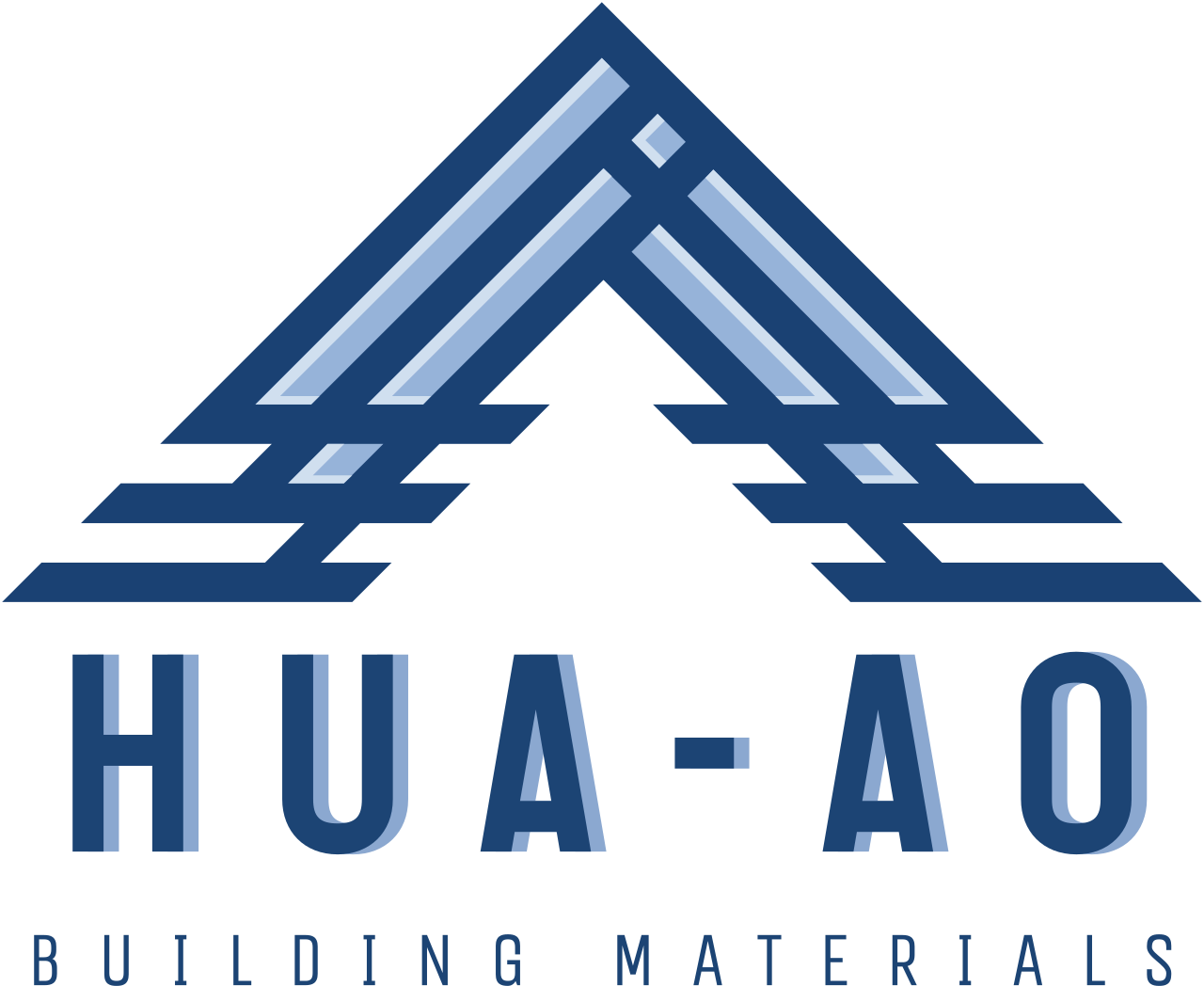
When considering FRP (Fiberglass Reinforced Plastic) sheets, both transparency and light transmittance are crucial factors, but they serve different purposes and their importance can vary based on the application.
Transparency:
Definition: Transparency refers to the clarity and clearness of the material. A highly transparent FRP sheet allows you to see through it clearly, much like glass.
Importance: In applications where visibility through the sheet is essential, such as in certain architectural designs or specific types of glazing, transparency is the key factor.
Light Transmittance:
Definition: Light transmittance measures the amount of light that passes through the FRP sheet. It is not about seeing through the material clearly, but rather about how much light the material lets in.
Importance: In situations where natural lighting is crucial but direct visibility is not required, such as in greenhouses, industrial buildings, or workspaces, high light transmittance is more important. It helps in creating a well-lit environment without glare, ensuring comfort and energy efficiency.
Which is More Important?
Application-Dependent: The importance of transparency versus light transmittance depends on the specific use case. For example:
Greenhouses: Light transmittance is more critical to ensure plants receive sufficient light.
Workspaces: Light transmittance is important to reduce glare and provide a comfortable environment for workers.
Architectural Elements: Transparency might be more important for aesthetic purposes and visibility.
In summary, while both factors are important, the choice between transparency and light transmittance should be guided by the specific requirements of the project. Understanding the needs of the application will help determine which property should be prioritized in selecting FRP sheets.












